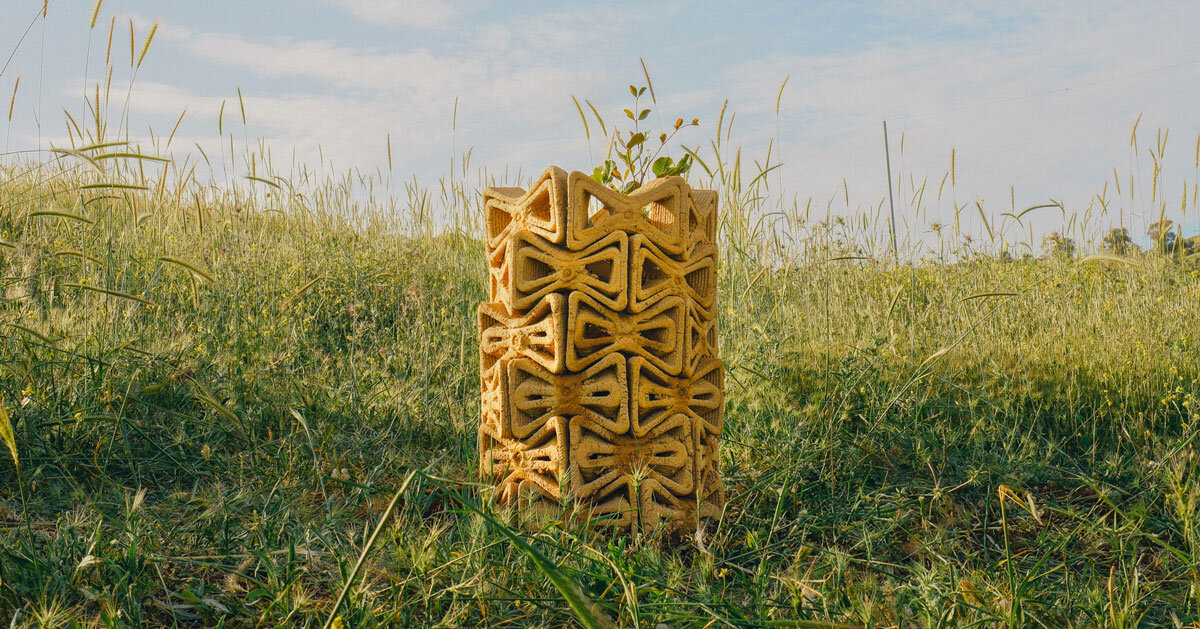TreeSoil's protective microclimate supports the early growth of trees
TreeSoil is a robot 3D printed earthen Shelter designed to create a microclimate that supports the early growth of young trees. Developed at the Technion's Material Topology Research Lab (MTRL) in collaboration with the Tree Lab at the Weizmann Institute of Science, the project integrates architecture, materials science and plant biology to explore how design can actively support ecological regeneration.
The project draws on ancient agricultural techniques used in arid landscapes, where stone or earth enclosures protect crops and seedlings from wind, sun and evaporation. TreeSoil reinterprets these methods through computational design robot Manufacturing, converting soil into one modularinterlocking system that mediates between technology and ecology. Each structure is made of modular bricks manufactured through large-scale robotic extrusion. The design uses local climate data, including solar radiation, wind patterns and humidity, to optimize conditions for the seedling at its center. Its porous geometry allows air circulation and shading, while the thermal mass of the soil material helps regulate temperature and humidity, supporting root formation and early growth.
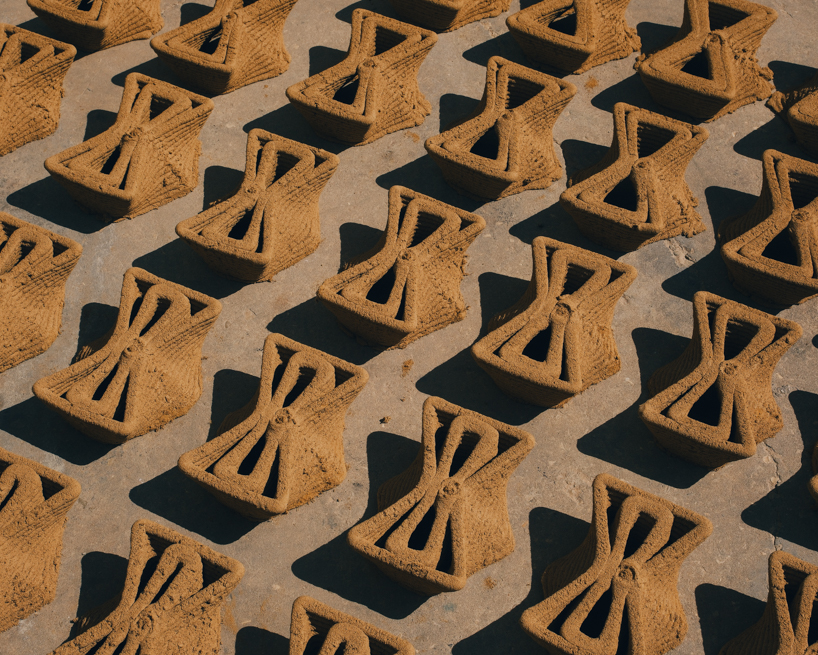
All images by Edo Asoulin
The biodegradable TreeSoil system returns to the earth as the tree matures
The material system combines locally sourced soil with sand, clay and bio-based binders made from cellulose and organic fibers. In some prototypes, biochar and other waste-derived nutrients are added to improve soil stability and structural integrity. The mixture is tested for rheological, mechanical and erosion properties to ensure printability and environmental sustainability. The components are manufactured using a KUKA KR50 robotic arm and a WASP LDM XXXL extrusion system, built layer by layer, naturally dried and assembled on site without adhesives. The resulting structure is completely biodegradable and will gradually break down as the tree matures, returning nutrients to the soil.
TreeSoil positions architecture as a temporary, adaptive and regenerative infrastructure rather than a permanent form. Its design emphasizes the relationship between vegetation and land, creating a controlled microclimate while integrating technology, soil and plant life into a responsive ecosystem. The Design team at the Material Topology Research Lab calls the project TreeSoil to reflect the fundamental relationship between vegetation and the land from which it emerges.
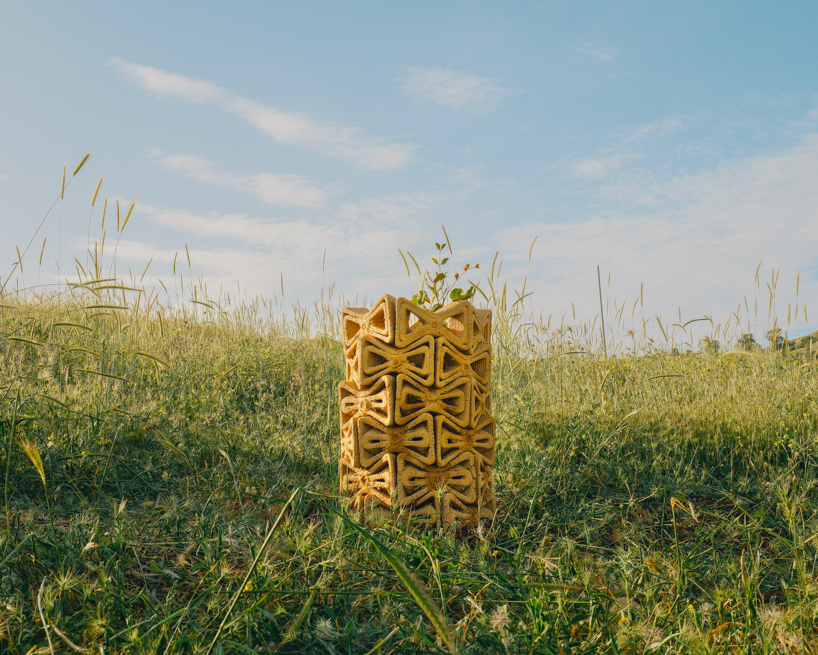
The completed TreeSoil shelter stands within the reforestation site and combines clay architecture, robotics and ecology into a living care system
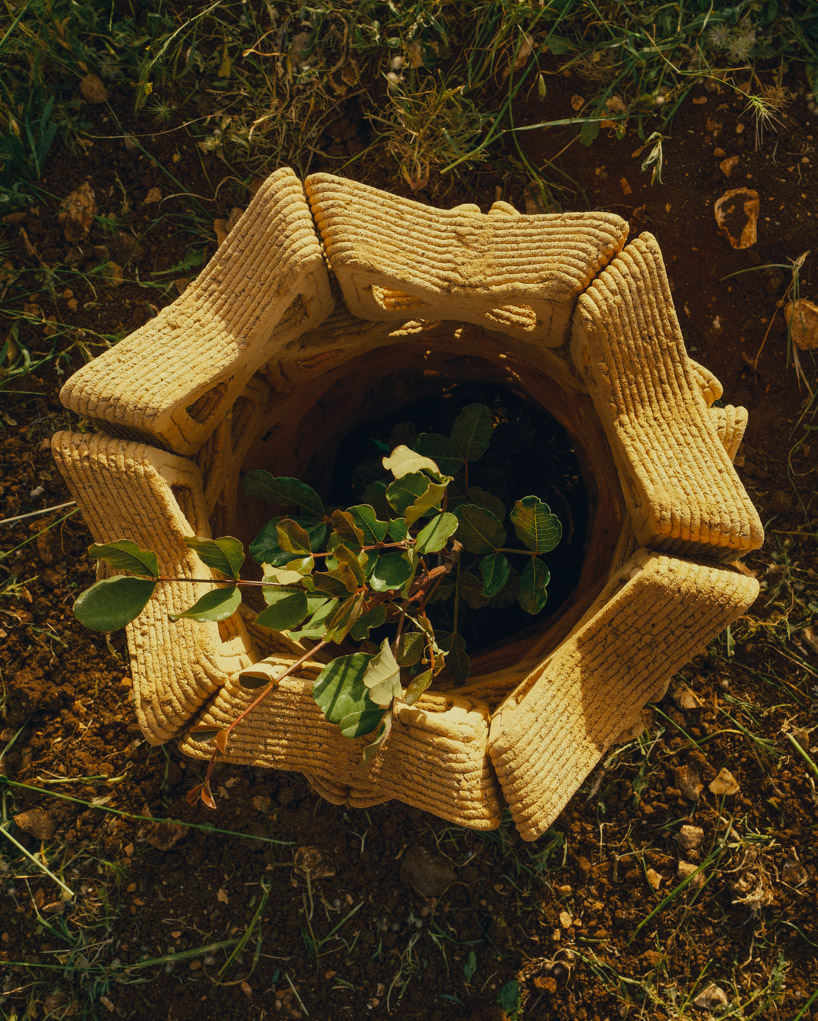
Top view of the TreeSoil structure, showing its internal cavity where air flow, shade and soil moisture create favorable growing conditions
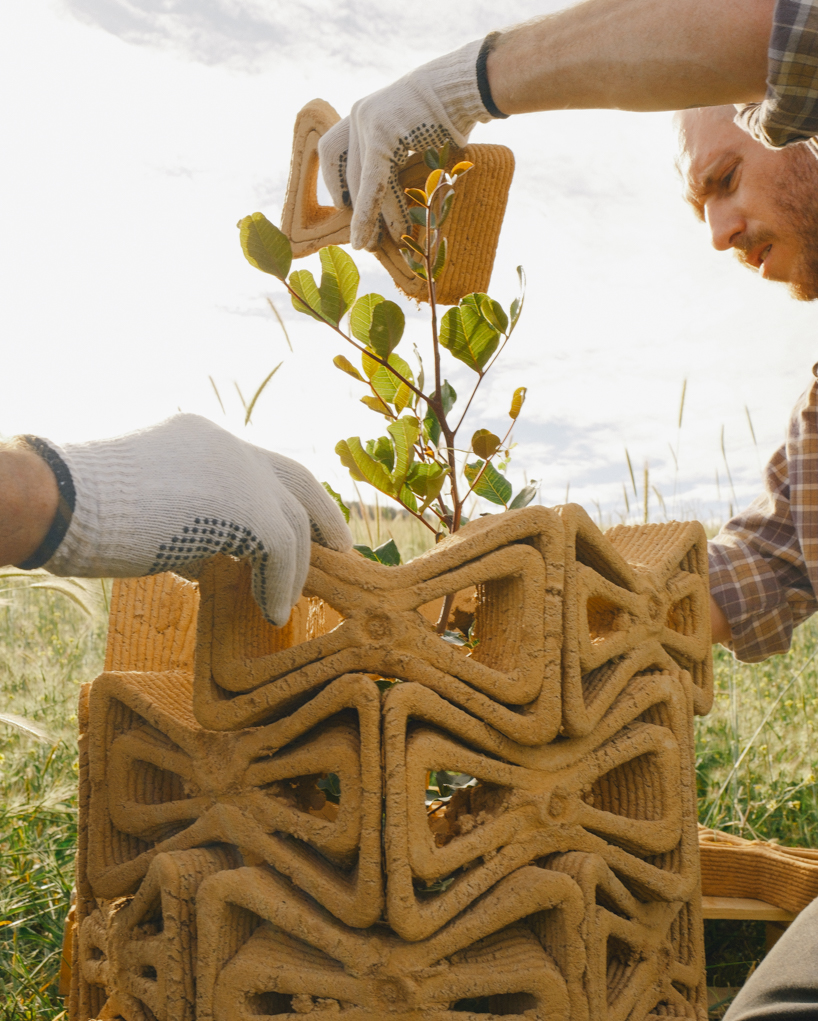
Close-up of the final layers assembled, showing the precise interlocking geometry and the protected carob sapling within
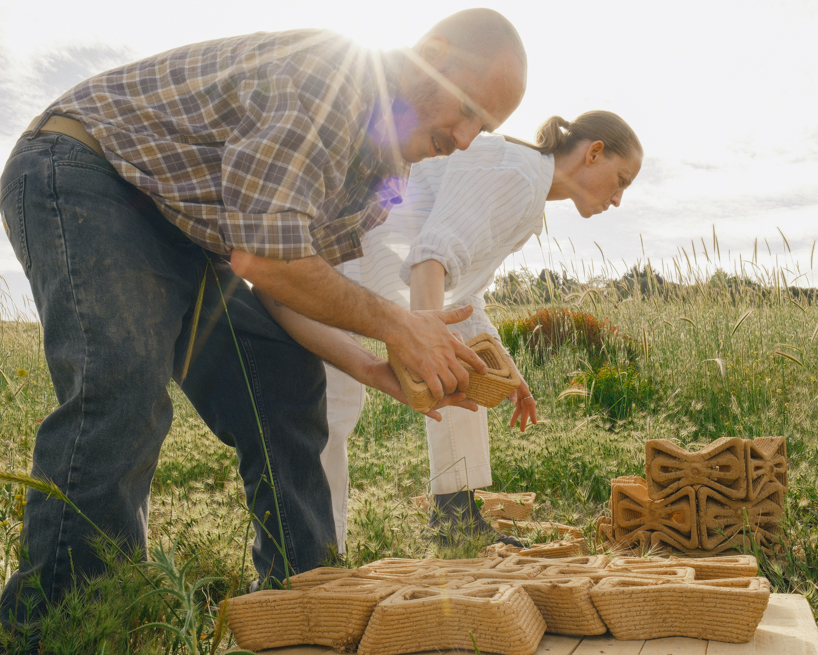
Researchers assemble TreeSoil's modular soil units around a young sapling, forming the basic structure for microclimate protection
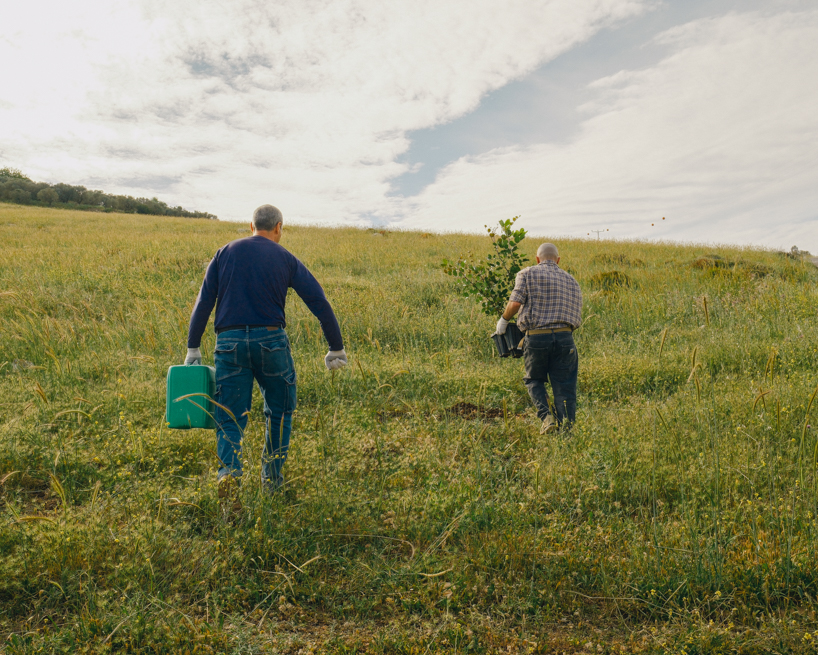
Transporting water and seedlings to the planting site. Each TreeSoil installation is positioned to respond to local topography and site conditions
